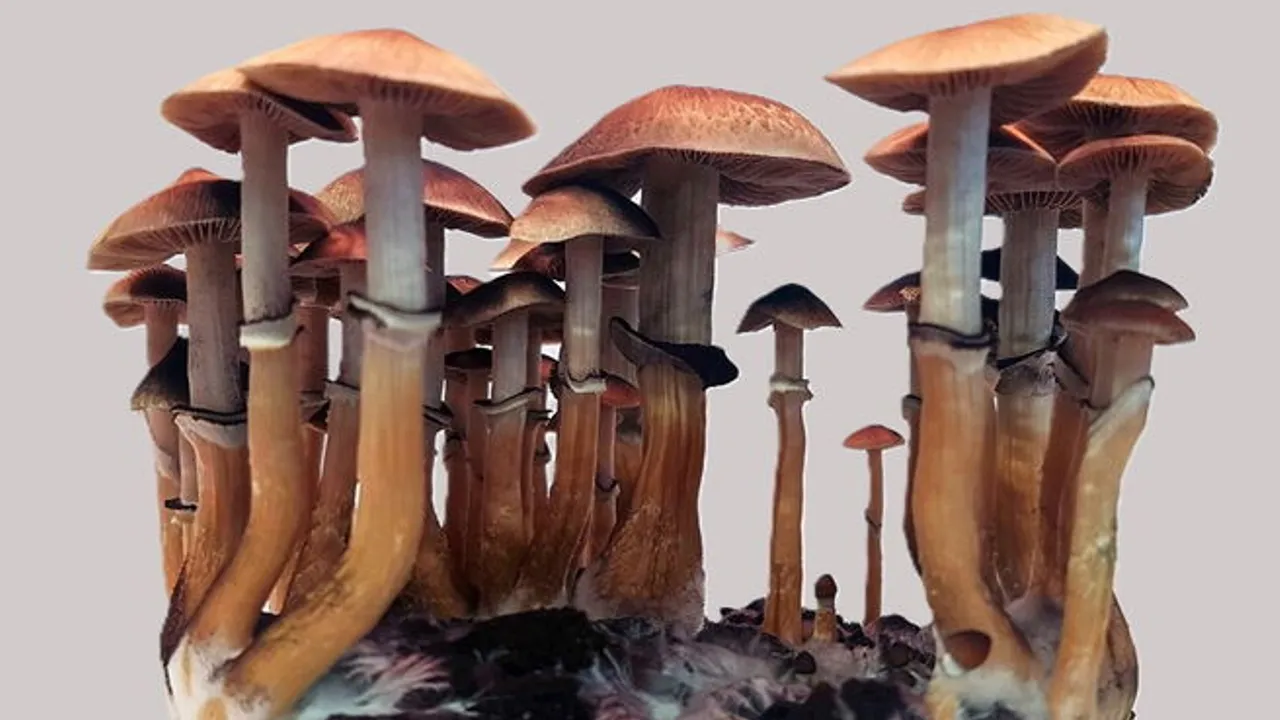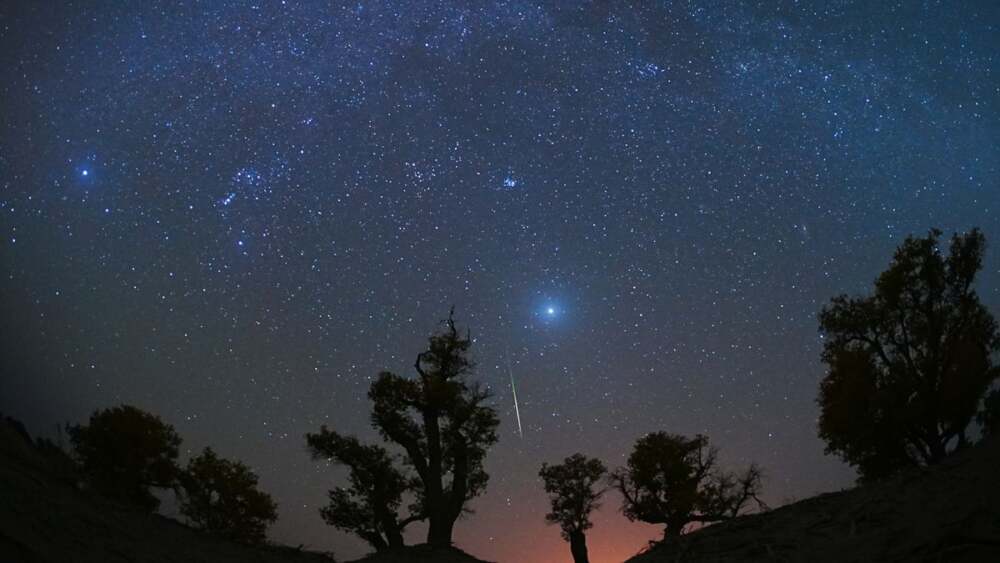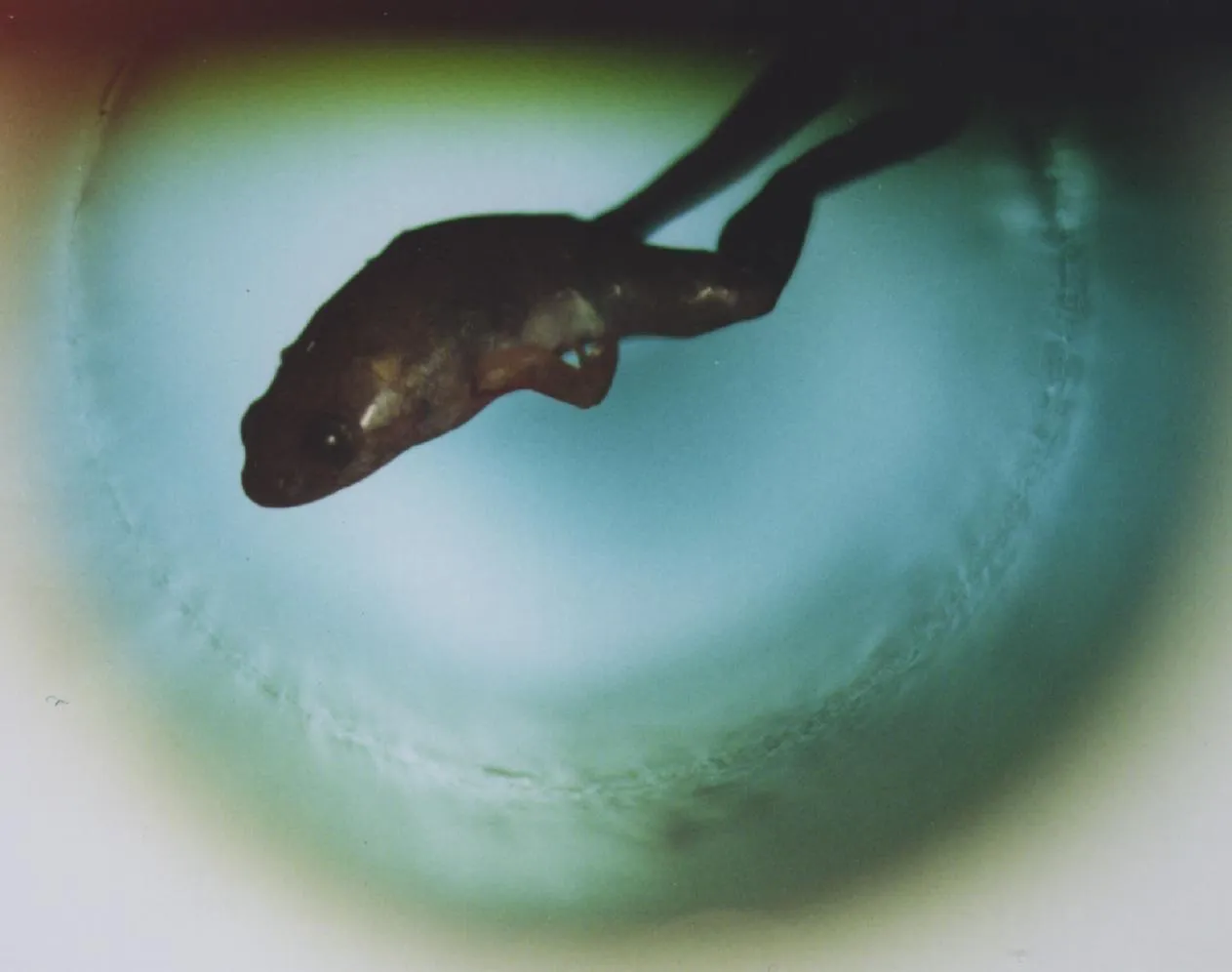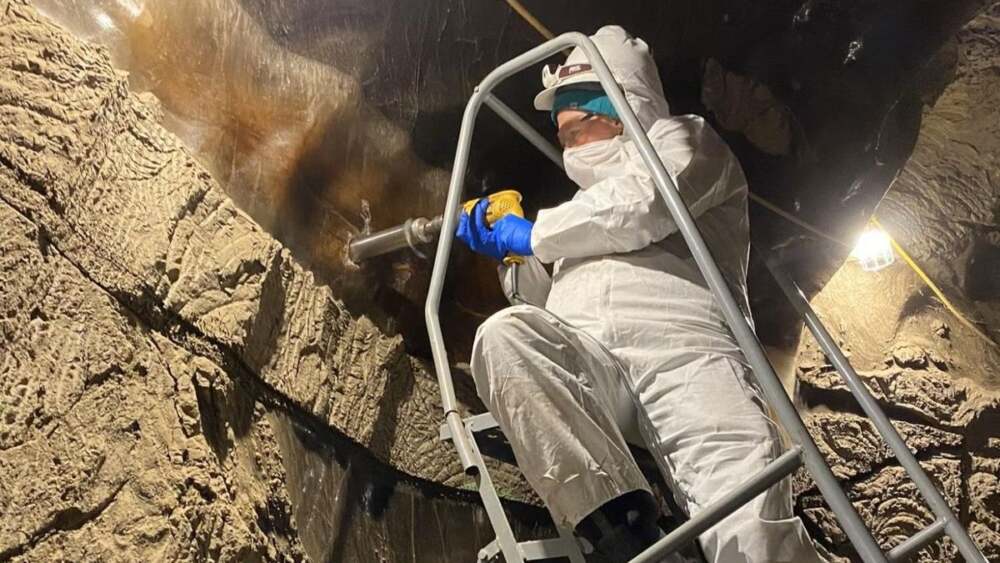September 24, 2025
A groundbreaking study has revealed that not all “magic mushrooms” follow the same recipe when producing psilocybin, the hallucinogenic compound gaining attention for its potential in mental health therapy. Researchers found that while mushrooms in the Psilocybe genus and those in the fiber cap family both produce psilocybin, they do so using entirely different biochemical pathways.
Nature’s Double Solution
This finding is a striking example of convergent evolution — when unrelated organisms evolve the same trait through distinct mechanisms. By sequencing fungal genomes and analyzing enzyme activity, scientists confirmed that the two mushroom families use different gene clusters and enzyme sets, yet end up with the same psychoactive molecule.
The discovery suggests that psilocybin is such an advantageous compound in nature that evolution found more than one way to produce it.
Possible Role in Survival
Why would mushrooms invest so much energy in making psilocybin? While the answer isn’t definitive, researchers point to a few theories:
- Chemical defense: When Psilocybe mushrooms are damaged, psilocybin breaks down and produces a striking blue color. This reaction may serve as a warning signal to predators or microbes.
- Neurochemical influence: The compound may alter the behavior of animals that consume the fungi, potentially protecting the mushrooms from overgrazing.
Whatever its purpose, the duplication of psilocybin pathways in unrelated fungi suggests the compound plays an important ecological role.
Biotech Implications
Beyond evolutionary curiosity, the findings have practical benefits. Understanding two distinct enzyme systems offers scientists new tools for biotechnological production of psilocybin, which is notoriously difficult and expensive to synthesize chemically.
With both pathways mapped, researchers could design more efficient bio-factories using engineered microbes or fungi to mass-produce psilocybin. This could accelerate efforts to make psychedelic therapies more accessible in the future.
A New Chapter in Fungal Science
This dual-path discovery raises bigger questions: could other fungi also have hidden, alternative routes to making complex molecules? If so, it may change how we search for new compounds with medicinal value.
For now, the study highlights nature’s ingenuity and gives science a powerful new blueprint for harnessing one of the most intriguing molecules in modern medicine.












Leave a Reply